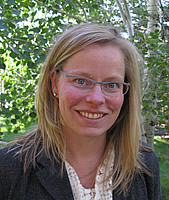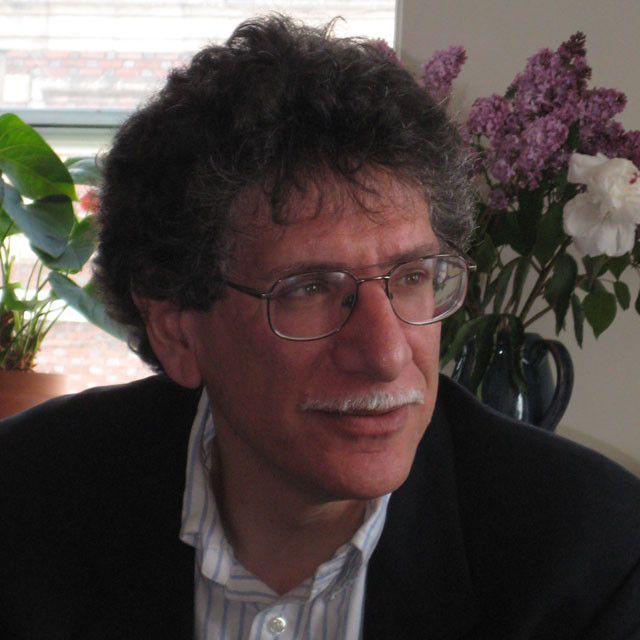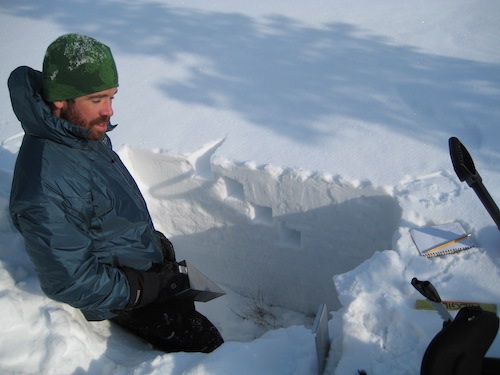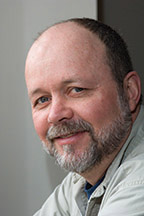Arctic soils have large stores of carbon (C) and may act as a significant CO2 source with warming. However, the key to understanding tundra soil processes is nitrogen (N), as both plant growth and decomposition are severely N limited. However, current models of tundra ecosystems and their responses to climate change assume that while N limits plant growth, C limits decomposition. In addition, N availability is strongly seasonal with relatively high availability early in the growing season followed by a pronounced crash. There is a need to understand the controls on this seasonality to predict arctic system responses to climate change, but there are multiple questions that need answers: 1) What causes the seasonal nutrient crash? 2) Does microbial activity switch seasonally between C and N limitation? 3) How will a lengthening of the growing season alter overall ecosystem C and N dynamics, as a result of differential extension of the periods before and after the nutrient crash? 4) What will be the larger impacts of these patterns on the arctic system?
Addressing these questions requires following plant and soil dynamics in a very tight time frame, coupling this understanding of the timing of C and N interactions to an enhanced mechanistic understanding of why the nutrient crash occurs, and then using transect sampling and ecosystem modeling to explore the large-scale implications of this seasonal crash. This proposed research will address our questions by: 1) Varying the length and timing of the growing season in the field by advancing snow melt and warming the ecosystem; 2) Establishing the fine scale seasonal time-courses of soil N availability, plant N content, leaf expansion, root growth and rhizodeposition, ecosystem respiration, microbial biomass and enzyme activity; 3) Conducting lab experiments to determine the extent to which microbial activity is limited by temperature, and C and N availability before and after the crash; 4) Determining how the timing of the nutrient crash and plant growth vary across a latitudinal transect; 5) Refining the Multiple Element Limitation model (MEL) that was developed for arctic ecosystems to better handle how plant and microbial systems respond to N limitation, and incorporating the specific drivers of the crash into MEL; 6) Testing the large-scale spatial and temporal effects of the seasonality of nutrient availability and how it may change in a warming Arctic with a lengthening growing season.
This work will require intense mechanistic research focusing on transitions and transformations that occur over only a few weeks at most, but which have profound impacts on the tundra ecosystem. Researchers will scale this mechanistic work to the intermediate spatial scale by conducting transect measurements along a latitudinal transect to validate that patterns that occur locally are robust. They will scale to the whole Arctic system by integrating these mechanisms, and importantly, the N-effects on decomposition, into the MEL model that is designed to explore multiple limiting resource effects on ecosystem function. As an integrated package, this research will explore how the changing seasonal pattern that drives the crash in N availability in tundra soils will alter overall tundra C-cycling and its role as a source or sink of C and through this its role in the global climate system.
Project Location
Publications
"Arctic Warming" in UT Discovers 2010, focus on Environmental Research, Publication of the University of Toledo, pp. 66.
Dates
-Members
Principal Investigator
Principal Investigator

Principal Investigator

Principal Investigator

Principal Investigator

Co-Principal Investigator

